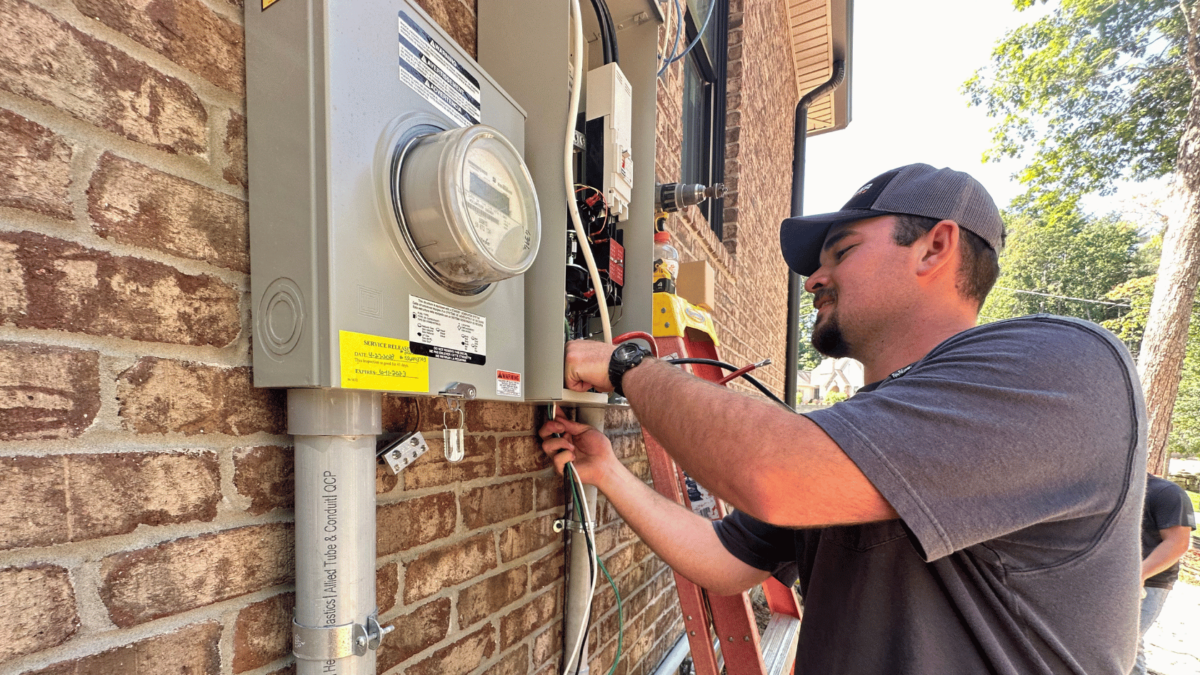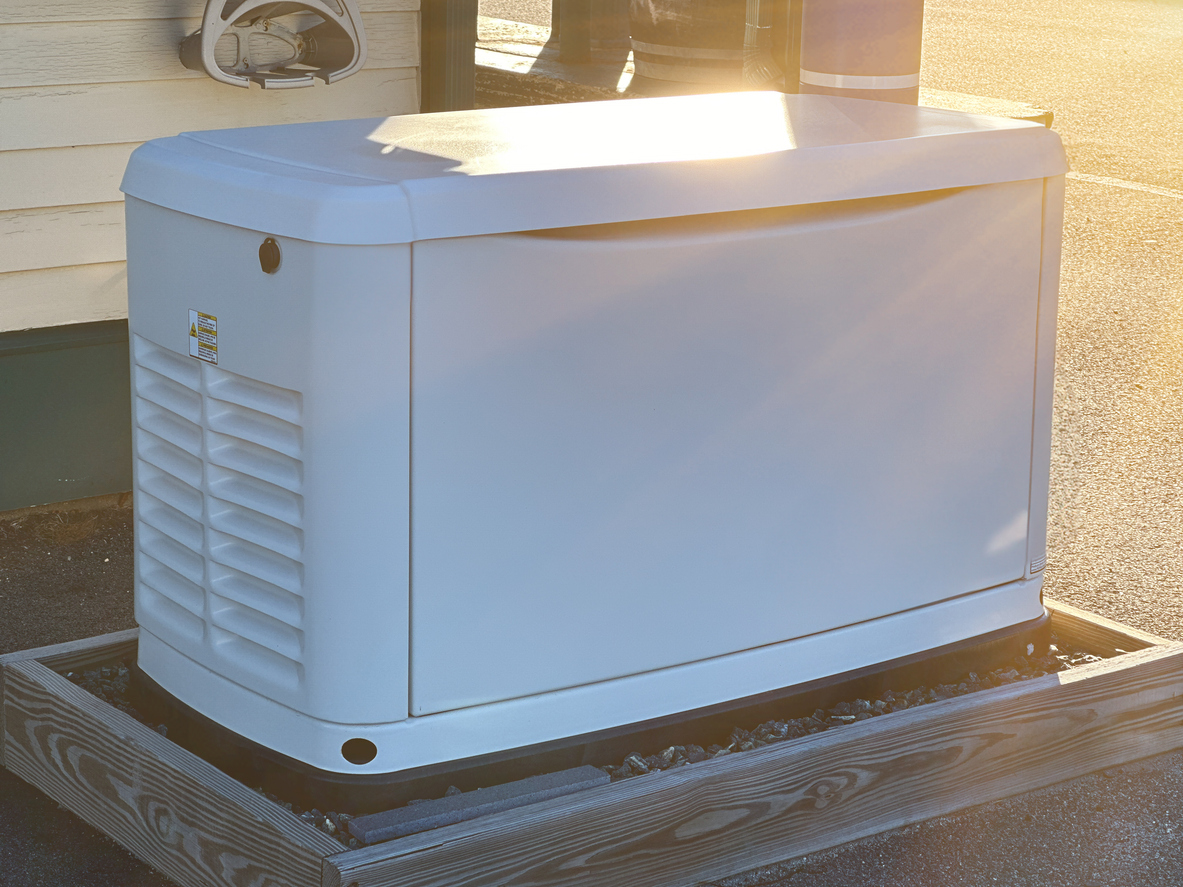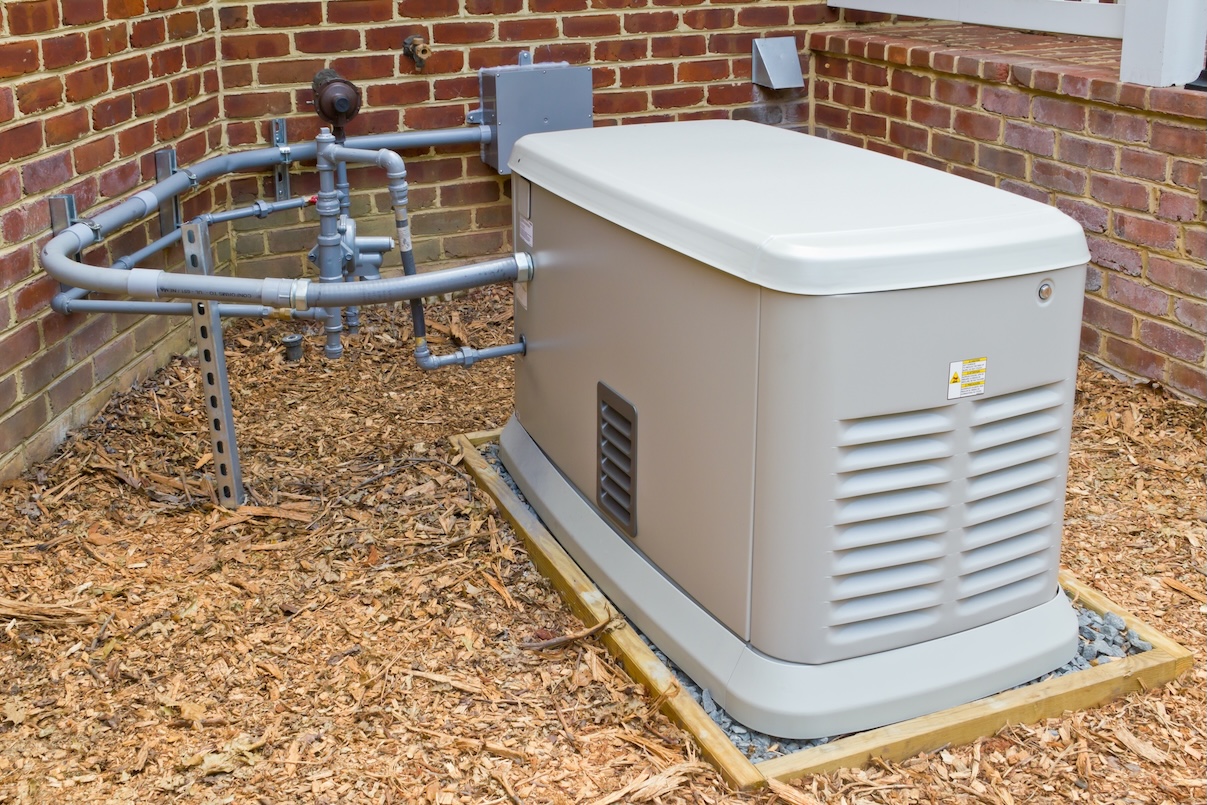Wiring a Standby Generator with a Transfer Switch

Wiring a standby generator transfer switch is an essential part of the generator installation process. Having a generator on hand makes life easier, gives you peace of mind, and protects you from sudden outages. But do you know the ropes when it comes to your generator’s transfer switch? This small piece of equipment has the ability to transfer power loads between sources, ensuring you can always keep electricity flowing without downtime.
When it comes to wiring a standby generator with a transfer switch, we have everything you need to know in this comprehensive guide.
Table of Contents:
- How Does a Standby Generator Transfer Switch Work?
- Do You Need a Transfer Switch for a Generator?
- Wiring a Standby Generator Transfer Switch Step by Step
- Risks of Not Having a Transfer Switch
- Safety Precautions
- Contact an Generator Expert
How Does a Standby Generator Transfer Switch Work?
A transfer switch is a device located on a circuit panel of a standby generator. It transfers power between two sources — the grid and the generator. When the power goes down, an automatic standby generator kicks on, switching the source of electricity to flow into your home or business.
Manual transfer switches require you to turn the switch yourself when the power goes out. Transfer switches can also allow you to switch power between solar panels and the generator to keep them separate.
Professional transfer switch installation ensures maximum performance, safety, and reliability. You will always be able to confidently know that you’ll have power whenever you need it — even when the main grid goes down.
Do You Need a Transfer Switch for a Generator?
Transfer switches are necessary for converting power from one source to another. Any generator 5,000 watts and above always needs a switch for safety reasons. The legal requirements of a generator switch vary by region, so you have to check your individual jurisdiction. Your local building code enforcement office can let you know whether you need a transfer switch or not.
Be sure to consult with a professional generator company that can offer complete guidance on the topic. If you need a permit to install a generator, your electrician should handle the process for you. They should also carry appropriate liability coverage and be certified to perform their job.
Wiring a Standby Generator Transfer Switch Step by Step
Typically, electricians install transfer switches along with the main circuit. The switch is then connected to your inbound utility line. To prevent hazards, the transfer switch and main circuit should be at least 20 feet from the house or property, as well as all vents, windows, and doors.
Because transfer switch wiring is a complex process, it is best left to a professional. Here is an overview of how the installation process works:
- Choose the right capacity. Ensure that the transfer switch you purchase suit’s your generator’s capacity and meets the electrical needs of your property.
- Install near the home’s main electrical panel. Your transfer switch is mounted on the main circuit and securely grounded.
- Run the wiring to the generator. Once the switch is connected to the main electrical panel, wiring is run to the generator. An electrician can select the appropriate gauge and wire type for maximum safety and reliability.
- Wire utility and load circuits. The electrician must connect the circuits in your home or business that you want to power with the generator to the transfer switch’s load terminals. Then, you will need to connect the utility power supply lines to the transfer load terminals.
- Test the switch. Once the switch has been installed, the electrician will perform a simulated power outage to ensure that the generator transfer switch works properly.
Note you should never attempt to install a transfer switch unless you have extensive electrical knowledge. The job is best left to professionals who have the experience and equipment to perform the job safely. Premier Generators in Crossville, TN, offers comprehensive installation and servicing for home generators throughout the area.
Risks of Not Having a Transfer Switch
Not having a transfer switch can violate local building codes and increase the risk of surges and electrical fires. When you use a standby generator without a transfer switch, there will be two electrical sources feeding your home when the main utility line is on. This can create powerful surges in the line that lead to fires and put utility workers’ lives in danger.
Safety Precautions
If you do not have any electrical experience, you should work with a licensed electrician to install your standby generator with a transfer switch. The risk of shock and fire is too high when you are not well-versed in working with electrical panels and circuits.
Rather than risk safety hazards, work with a professional company who can offer you comprehensive generator servicing and peace of mind.
Contact a Generator Expert
When it comes to installing a standby generator with a transfer switch, you need an experienced team to handle the job. Premier Generators offers everything you could ever need for your home generator in Crossville, TN. Our commitment to customer service and safety allow us to provide an unparalleled level of care to everyone who chooses us.
Contact our certified team today. We are here to answer all of your questions!





